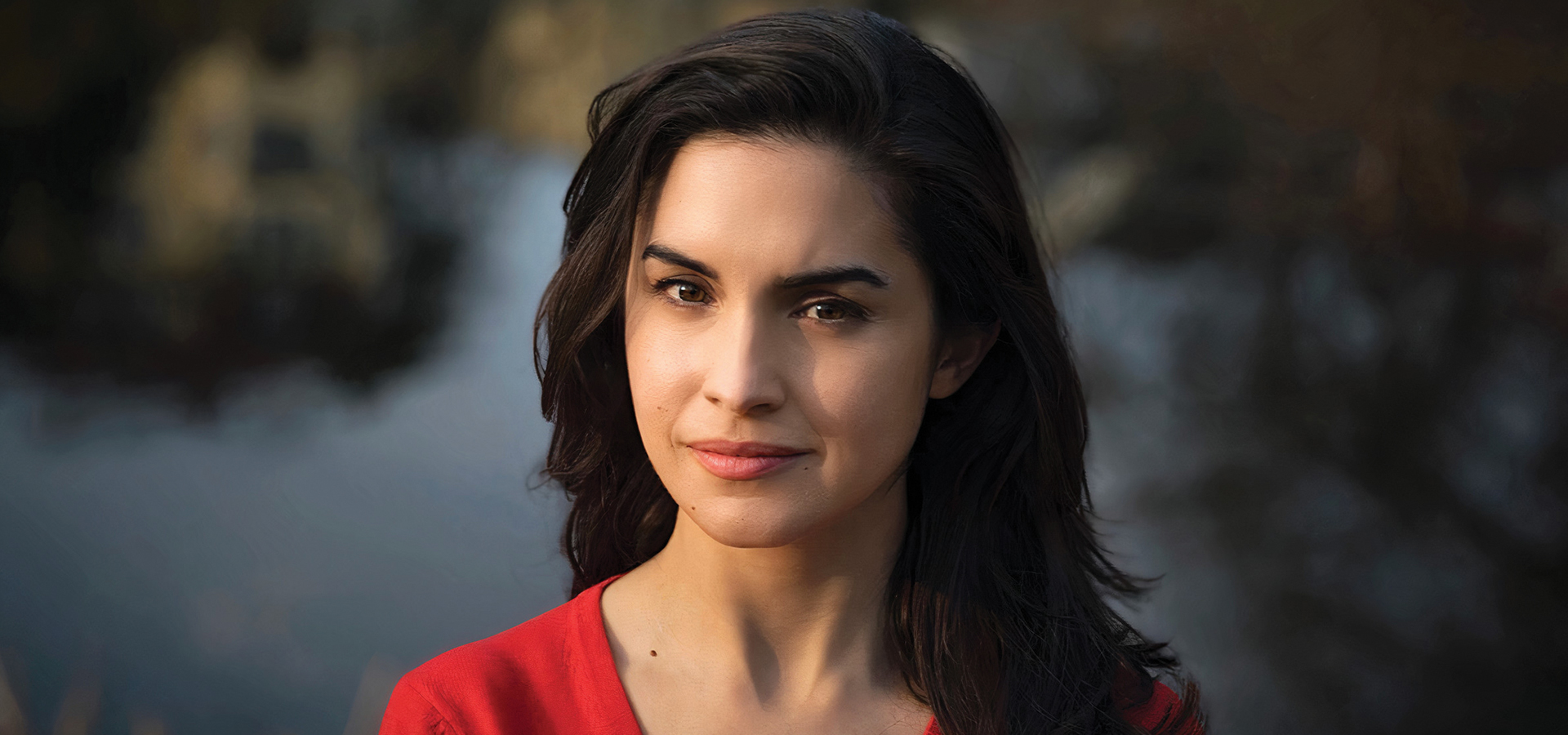The Itinerant Portraitist: Painting with a Number as a Theme
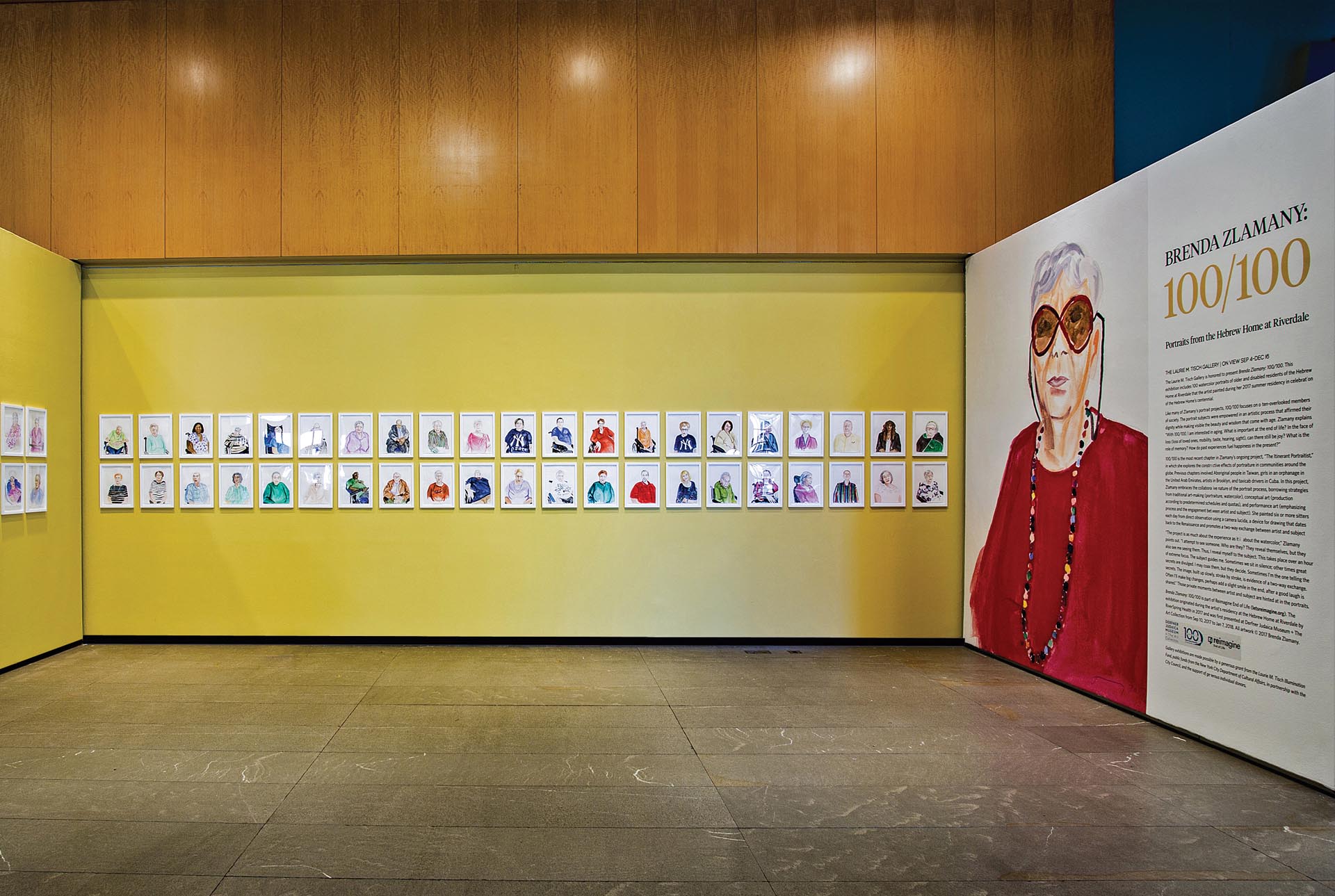
For Brenda Zlamany ’81, a number guides the project, which is, at heart, about conversation.
Brenda Zlamany, an artist whose oil portraits are held in prestigious collections—at World Bank and Yale University, to name two—also has an ongoing watercolor project, the Itinerant Portraitist. While she might lavish a year on each of her oils, she has a different agenda for the watercolors. In this body of work, Zlamany chooses a site and captures her impressions of the local population at a pace of up to eight individual portraits in one day. Numbers as an organizing principle and communication with her subject are key. Zlamany began her Itinerant Portraitist project on her 2011 Fulbright in Taiwan, setting up shop in remote aboriginal villages.
Zlamany chose “888” as the name for this group. It was the number of portraits she would produce over a three-month period. She tasked her daughter, then 11 and a student at a Mandarin-immersive school in New York City, with persuading the residents to sit for their painting in single hour-long sessions.
Finding these willing participants wasn’t hard: “Eight is a lucky number in that culture,” she explains. “Naming the series ‘888’ was like naming it ‘money, money, money.’ People wanted to be part of it.”
And with that, the real magic began. Zlamany’s painting process creates a bond of intimacy: “I find that people will tell me things. Sitting for a portrait can feel a bit like entering a confessional or lying back on an analyst’s couch, depending on your background.”
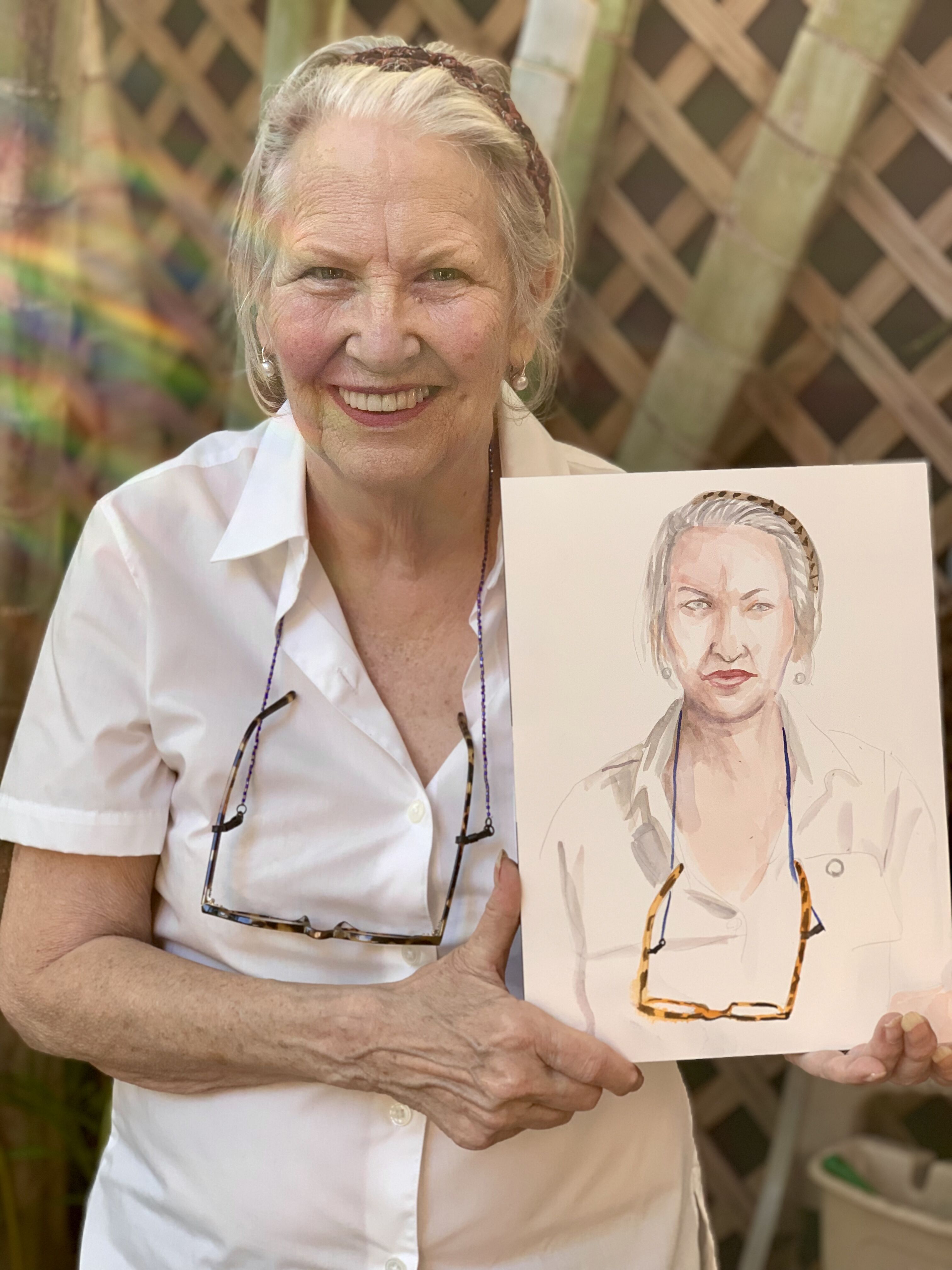
That urge to reflect and share held true for the Taiwanese, too. Zlamany’s daughter translated the words while the artist translated form into color on paper and took notes on the stories. Later, to accompany the exhibit of these watercolors, Zlamany created “a digital talking sketchbook: When you turn the pages, you hear the stories.”
And the magic of “888” persists: “I’ve gone back to Taiwan several times,” says Zlamany. “These are lasting friendships. The Itinerant Portraitist is as much about relationships as it is about the artwork.”
More recently, Zlamany completed an Itinerant Portraitist series, dubbed “100/100,” which initially challenged these skills.
Commissioned by the Hebrew Home at Riverdale on the occasion of its centennial, 100/100 features 100 watercolors of the home’s residents, many centenarians, or close to that. Many of the subjects were post-verbal.
Additionally, these elderly people, some with obesity, others with thinning hair, wrinkles, oxygen tanks, breathing tubes, and IV drips, offered Zlamany a challenge: How to render the beauty within, even as her usual route to that discovery—conversation—would often be blocked.
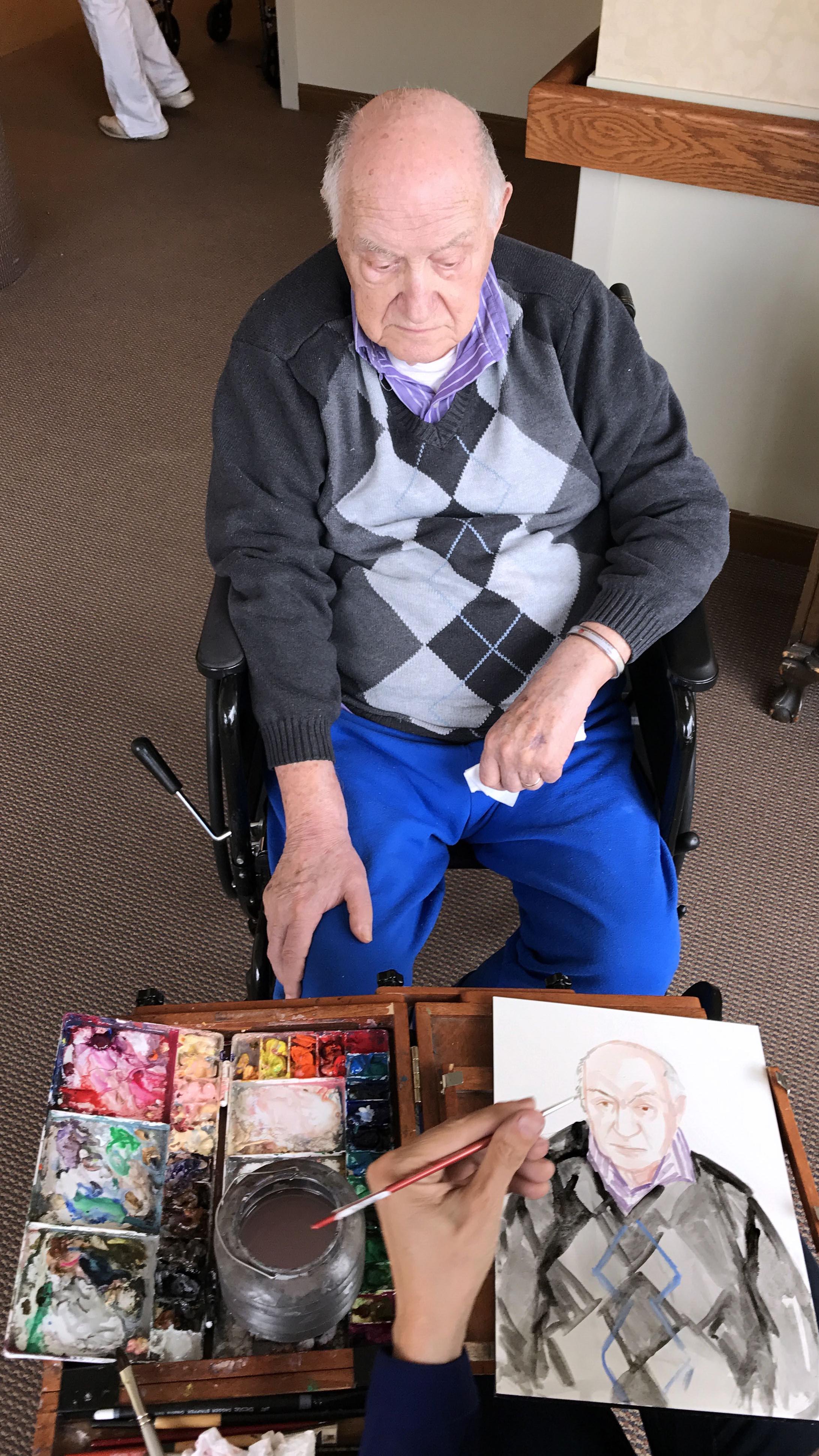
What Zlamany found, however, was that their reaction to the painting in progress informed her art. Holding the portrait flat in front of her as she worked, she observed her subjects watching their own likenesses emerge from beneath her paintbrushes.
“Let’s say I’m painting a guy who is balding and he’s not that happy about being bald and he’s combed his hair over. When I get to the problem area I see him tense up, wondering what I am going to do. If I just put an extra strand or two, I’ll see a slight smile.”
In another portrait for 100/100, one woman remained extraordinarily still, which surprised Zlamany. “A lot of times, when people are post-verbal, they are distracted and moving around, so I’ve got to figure out how to see them. But this woman didn’t move at all,” she recalls. “I was wondering, ‘Why is she holding the pose so well?’ Afterward, when Zlamany handed the portrait to the woman to hold, “she didn’t want to let it go. She just kept smiling and looking at it. I realized then that she had been with me the whole entire time. That gave me further insight as I continued the project.”
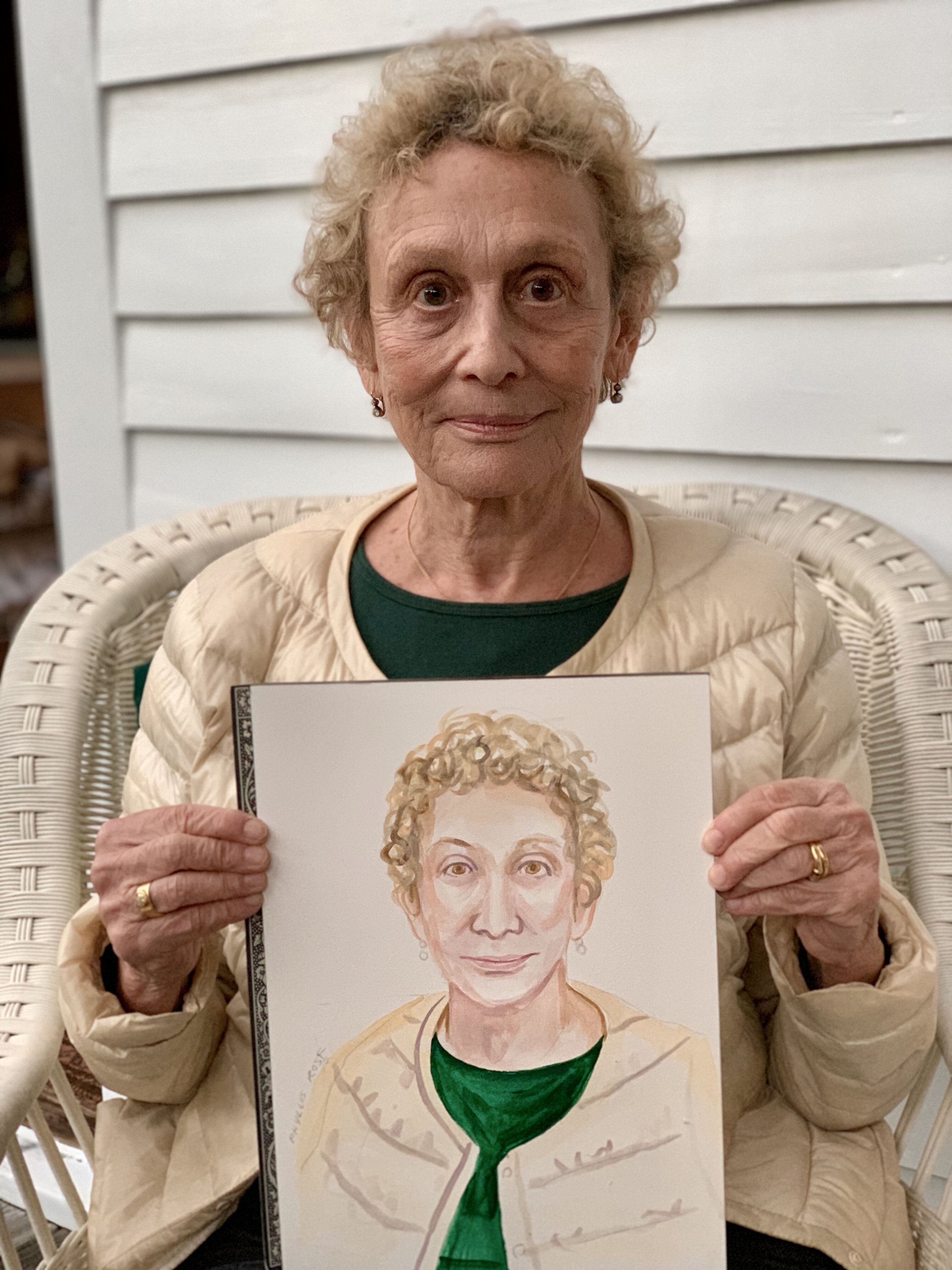
Another gentleman wearing a gray sweater vest calmly watched Zlamany up until the moment she dipped her brush in blue paint, when he became suddenly alarmed and agitated. Then he looked down at his chest. “I saw him relax when he located the thin line of blue in the knitted design.”
Not all of the 100 people featured in “100/100” were post-verbal, and Zlamany has produced a film of video footage from conversations that grew out of the project.
“The conversations that happen are as much a part of the project as the painting,” she says. The film is beginning to make the rounds in festivals.
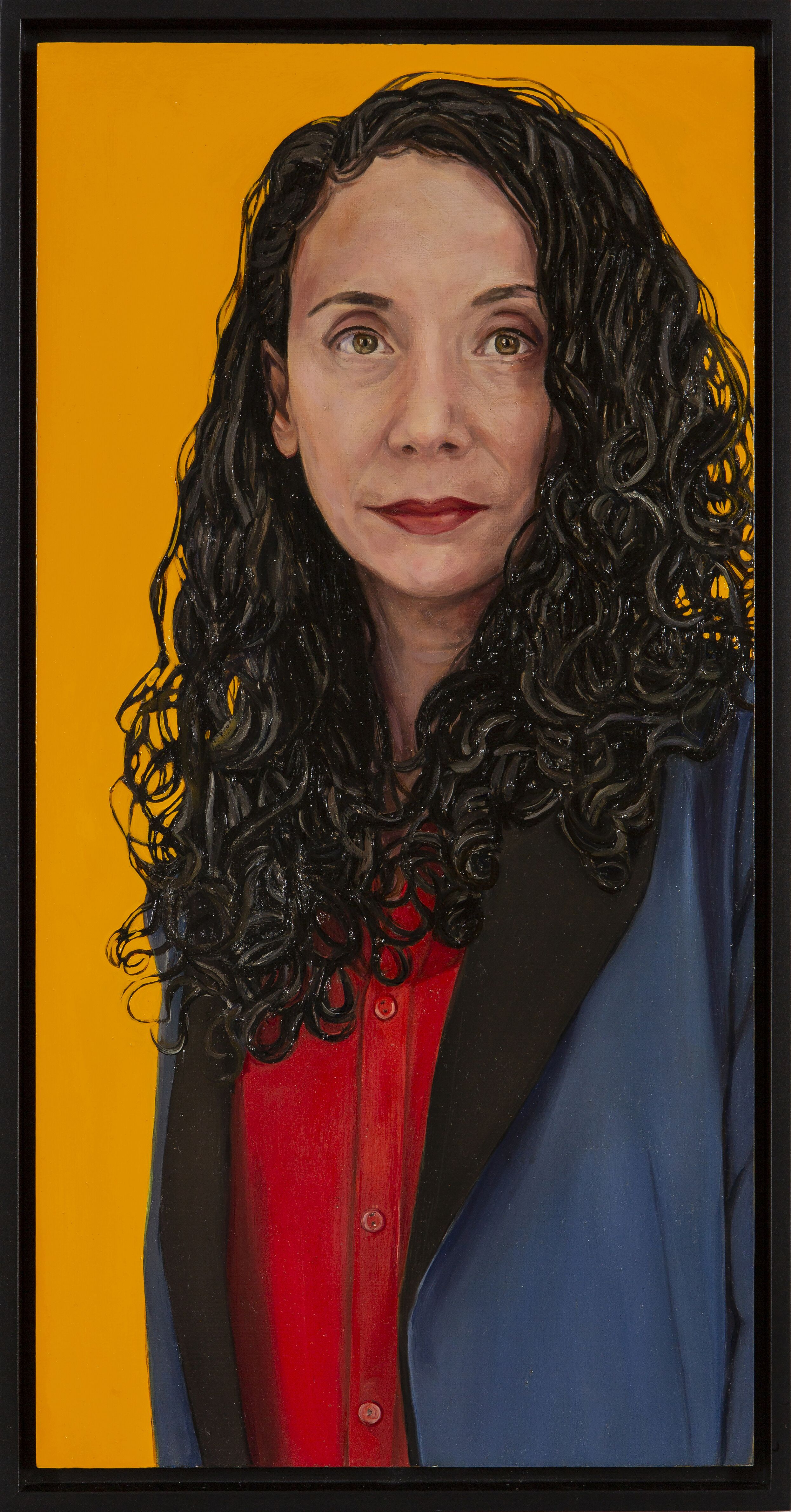
Last fall, she screened it in conjunction with an exhibit of her 100/100 portraits at the Laurie M. Tisch Gallery in Marlene Meyerson Jewish Community Center in New York City. The project grabbed the attention of a physician at Columbia. He wanted her to talk to his colleagues. Initially unclear on what input she’d be able to offer these doctors, Zlamany found they were keenly interested in the relationships she’d fostered with the elderly. “They wanted me to give tips on how to connect with their dying patients, in the way I’d done through painting,” she explains.
Musing on what she has experienced in her Itinerant Portraitist project, Zlamany notes, “At the heart of any great relationship, you feel loved because you feel seen. Each of these portraits is a little bit of that. It’s me showing them that I can see them. We go through this little journey together where I am gradually seeing them. They’re helping me to see them. They’re talking and they’re moving around and I’m trying to see them and it’s really something that is built together.”
See more of Brenda Zlamany’s work on her website.


